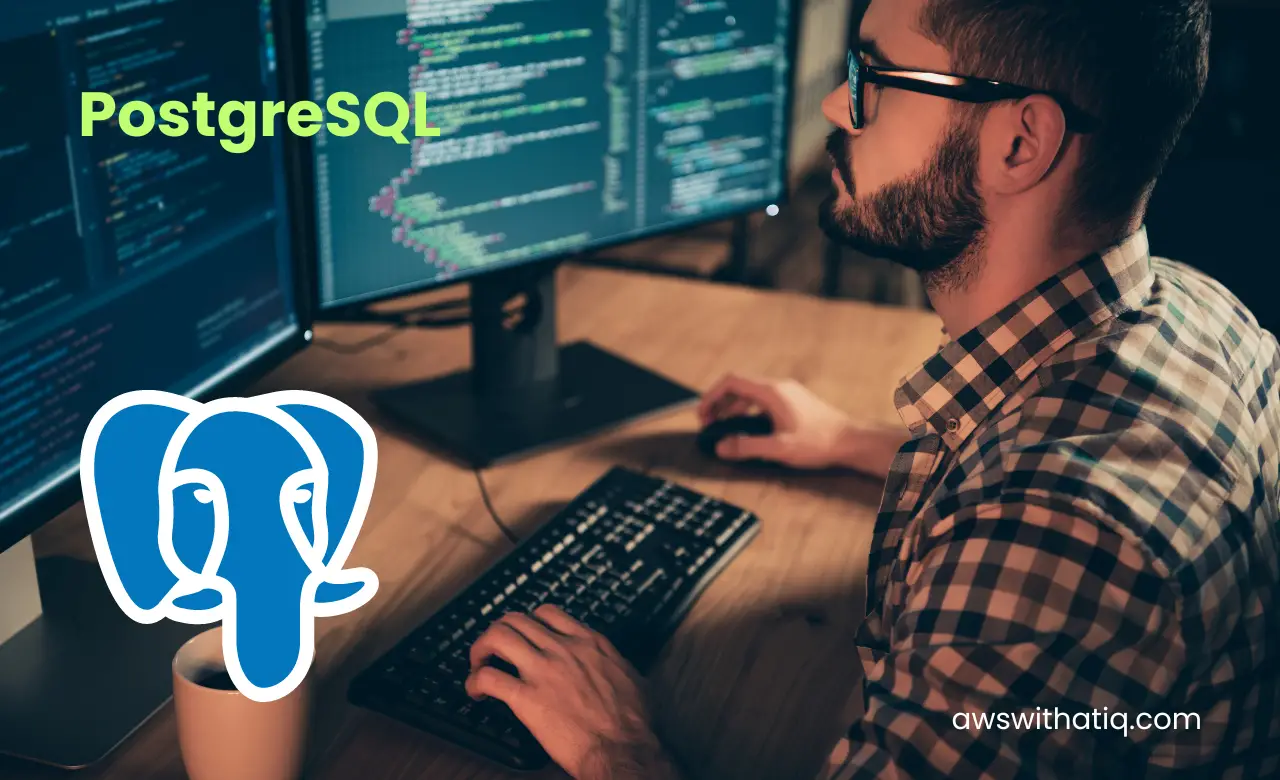How to set Kubernetes using kubeadm
Creating a Kubernetes (K8s) cluster can seem daunting at first, but with kubeadm, the process is significantly simplified. Kubeadm is a tool built to provide kubeadm init and kubeadm join as best practices for creating Kubernetes clusters. It performs the actions necessary to get a minimum viable, secure cluster up and running in a user-friendly



